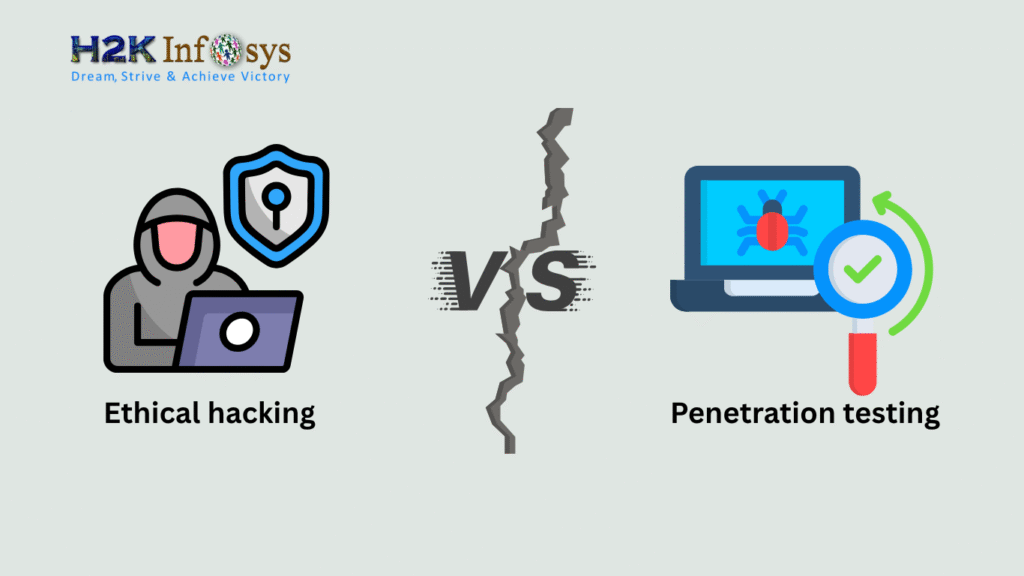Can Agile hardware development be done using an agile process? Would it have the same advantages for hardware development as it does for software development? assuming that the answers to both questions were “Yes,” but not knowing exactly what it meant. Let’s investigate why.
From a group of organisations investigated, it was found that different companies were employing various Agile techniques to varying degrees, although none of the organisations had a fully defined Agile process as such. For instance, businesses used iterative prototyping, time-boxed sprints to divide product development cycles, burndown charts to track progress, and frequent component integration and integration testing to produce circuit boards quickly.
Hardware and Software Key Differences
Here are some key differences between hardware and software products:
- Hardware is less flexible (more difficult to change) than software. Compared to software, the cost of change is significantly higher for hardware.
- Through a process of accretion and refactoring (adding new features and rewriting existing logic to support the new ones), software products change over the course of numerous releases.
- The majority of hardware products are made up of physical components that cannot be “refactored” after being manufactured or “accrete” new capabilities that call for modifications to the hardware.
- Designs for new hardware items are frequently based on past generations of products of the same sort, but frequently rely on next-generation components that were absent from earlier generations of the product.
- Architectural choices influence a hardware product’s design in a significant way. Considering how expensive modification is, more of the architecture must be done up front compared to software products.
- With the exception of the regular hiring and attrition costs, the cost of developing software products is comparatively stable over time, whereas the cost of developing hardware goods increases quickly toward the conclusion of the development cycle.
Many of the aforementioned characteristics make it possible to alter the course of a planned software product upgrade in the middle of development without suffering significant interruption or wasting money. Such attempts to alter hardware development incur substantially higher expenses in the form of lost sunk costs and postponed launch dates. As a result, significant modifications must either wait until a subsequent product upgrade or be implemented only when it is determined that the impact justifies the size of the advantages.

Hardware and Software Key Similarities
However, we also discovered the following parallels between hardware and software goods. They behave as follows:
- Their products interact with users, other products, and with each other as well as with inputs to produce outputs.
- They need both functional and non-functional (non-user-facing) things.
- They are intricate, and any depiction of product specifications that breaks down main characteristics into finer-grained aspects always results in a tree structure.
The Recommendations for Agile Hardware Projects
It is already known that Agile software projects gradually add usable features to a product in order to produce significant new releases. The fact that hardware projects typically cannot operate in this mode is certainly not surprising given the fact that the product cannot be used in any meaningful way until its design is finalised. The application of Agile Hardware Development principles to the production of hardware may seem doomed by this gap, but it is not as severe as it first appears.
More significant than all the variations is the fundamental similarity that unites the two worlds:
The development cycle’s work can be broken down into a great number of manageable, testable deliverables.
When it comes to software products, the flow of deliverables is such that fresh and useful features gradually appear over time and are combined into a recently launched product.
The flow of deliverables for hardware products typically does not result in a constant flow of functional features over time; instead, functional features are added to the product much later in the development cycle. The crucial element is that the deliverables can still be developed and tested throughout the cycle. In order to meet scheduled shipment dates with the best value, ongoing scope adjustment, and refinement are made possible at this time. More precisely, it facilitates a Scrum methodology, which we advise.
Throughout, the accepted Scrum practices are used. A specific Scrum Master, Product Owner, and team members are assigned to each Team. There are the customary “Scrum ceremonies” of Backlog Grooming, Sprint Planning, Daily Stand-Up, Review, and Retrospective. Check out the Scrum certification courses to learn more.
The basic framework is similar to a Scrum Release Cycle, which is made up of a number of Sprints. Due to the fact that hardware deliverables typically cannot be broken down into as many smaller components as software deliverables, the hardware sprints are twice as long as the software sprints (four weeks versus two). The limits of the sprints are aligned to improve team communication.


After the Release cycle, the product is finished, which implies that the software is ready for production and that the physical hardware design is prepared for manufacture. While integration and integration testing are carried out continuously, the final integration testing and other tasks that cannot be completed earlier for the last “Hardening” Sprint were all saved. During this time, no work is done on developing new products.
Both Agile Hardware Development and software development require some design work, however, compared to software, more design work is done upfront with hardware because it has a greater cost of modification and less flexibility (due to the pool of available components). The latter is more inclined to a “Just in Time” strategy of quick design iterations.
In contrast to software development, where daily operations are quite identical from one Sprint to the next, this is not true in agile hardware development. As a result, even though the hardware Teams continue to develop and test deliverables during sprints, the kind of those products often changes over time.
Conclusion
The core point is clear; The Scrum process works well for hardware creation. There is much more that can be said about Agile hardware development, and there will be. Enroll for an Agile certification to learn more.
























